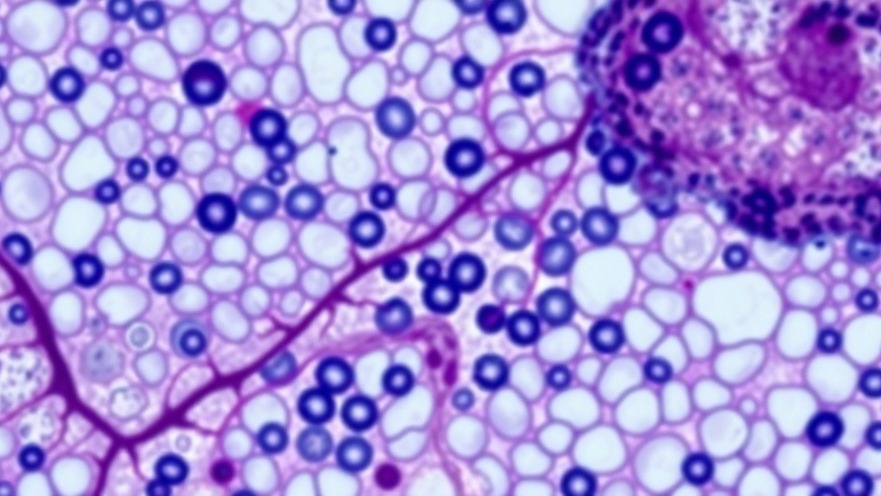
Revolutionizing Diabetes Management: The Spleen's Unexpected Role
In an exciting breakthrough in diabetes treatment, researchers from Wenzhou Medical University have explored the potential of spleen-based islet transplantation to provide glycemic control for individuals suffering from type 1 diabetes. This novel technique has shown promise in restoring blood sugar levels without the need for extensive immunosuppression, raising hope for a new era of diabetes management.
The Challenge of Traditional Islet Transplantation
Type 1 diabetes is characterized by the destruction of insulin-producing beta cells within the islets of Langerhans in the pancreas, leading to a dependency on lifelong insulin therapy. Existing islet transplantation methods involve transferring these clusters from donor pancreases to the liver. However, the success of this approach is often limited by immune rejection and a harsh environment that frequently results in the loss of over 70% of transplanted cells shortly after surgery. Consequently, this traditional method relies heavily on multiple donor organs, complicating treatment regimens and reducing outcomes.
A Breakthrough Technique: Spleen Remodeling
The recent study published in Science Translational Medicine presents an innovative solution through the use of nanoparticle-driven spleen remodeling. By administering konjac glucomannan-coated silica nanoparticles, researchers created an immunosuppressive environment within the spleen, allowing transplanted islets to survive and function effectively. This technique led to significant restoration of normal blood sugar levels in diabetic mice and cynomolgus macaques, showcasing its potential applicability in human patients.
Why the Spleen?
The spleen has long been overlooked in the context of islet transplantation. Traditionally, attention has been focused on other potential sites such as the omentum and striated muscle, yet each of these comes with its own set of challenges, ranging from surgical complications to inadequate islet survival rates. The spleen, on the other hand, presents a unique opportunity as a natural immune organ that can be remodeled to foster a conducive environment for islet survival.
Practical Insights: Implications for Healthcare Providers
As concierge health practitioners, understanding the implications of this research is crucial. The ability to offer patients a less invasive option for achieving glycemic control without the burdens associated with full immunosuppression can significantly enhance patient outcomes. This advancement not only alleviates the need for multiple donor organs but also streamlines the overall treatment process, freeing healthcare providers to focus on comprehensive patient care.
Looking Ahead: Future Trends in Diabetes Treatment
The pioneering techniques demonstrated by the Wenzhou team signal a shift in how we approach diabetes management. With ongoing advancements in technology and medical techniques, healthcare providers must stay informed about emerging treatments like spleen-based islet transplantation. Keeping abreast of these innovations can empower practitioners to offer the most effective and up-to-date care options for their patients, enhancing patient satisfaction and health outcomes.
Actionable Steps for Practitioners
For those interested in bringing this knowledge into clinical practice, consider the following steps: 1) Discuss the potential benefits of spleen-based islet transplantation with your patients, especially those struggling with traditional insulin therapy. 2) Collaborate with specialists to stay informed on the latest advancements in transplantation techniques. 3) Encourage patients to consider clinical trials as a means of exploring new treatment options.
In Conclusion: The exploration of spleen-based islet transplantation represents a significant evolution in the treatment of type 1 diabetes, bridging the gap between complex surgical techniques and the quest for effective patient care. By adopting these insights, healthcare providers can remain at the forefront of diabetes management and significantly improve the quality of life for their patients.
 Add Row
Add Row  Add
Add 




Write A Comment